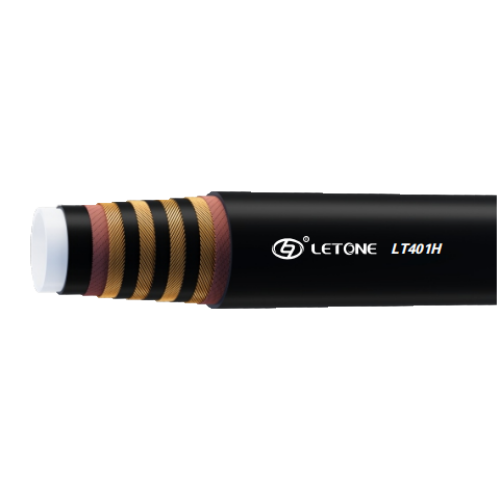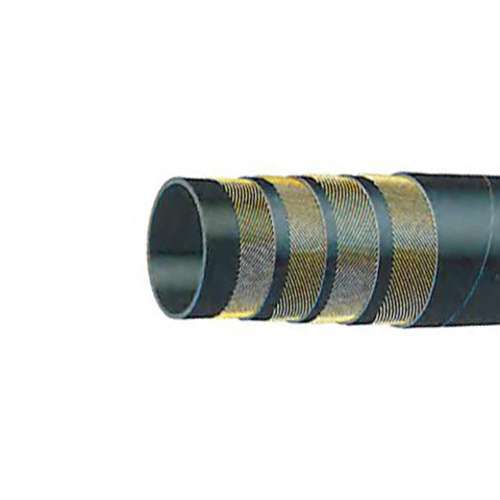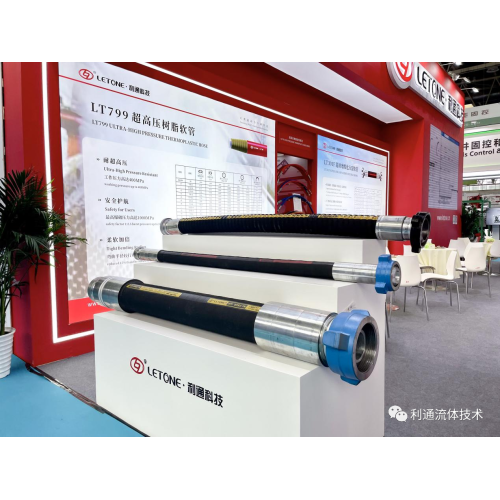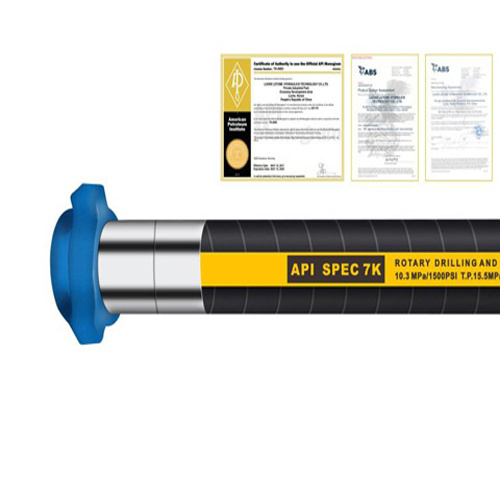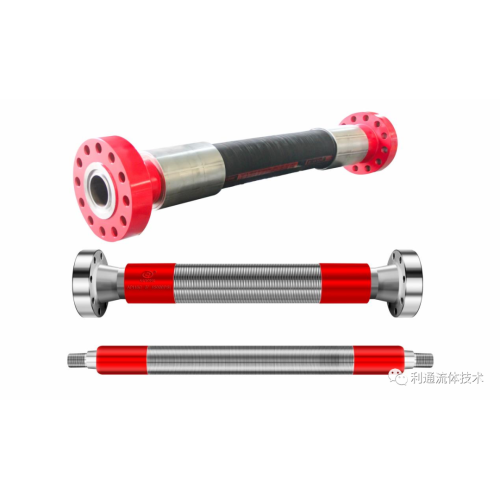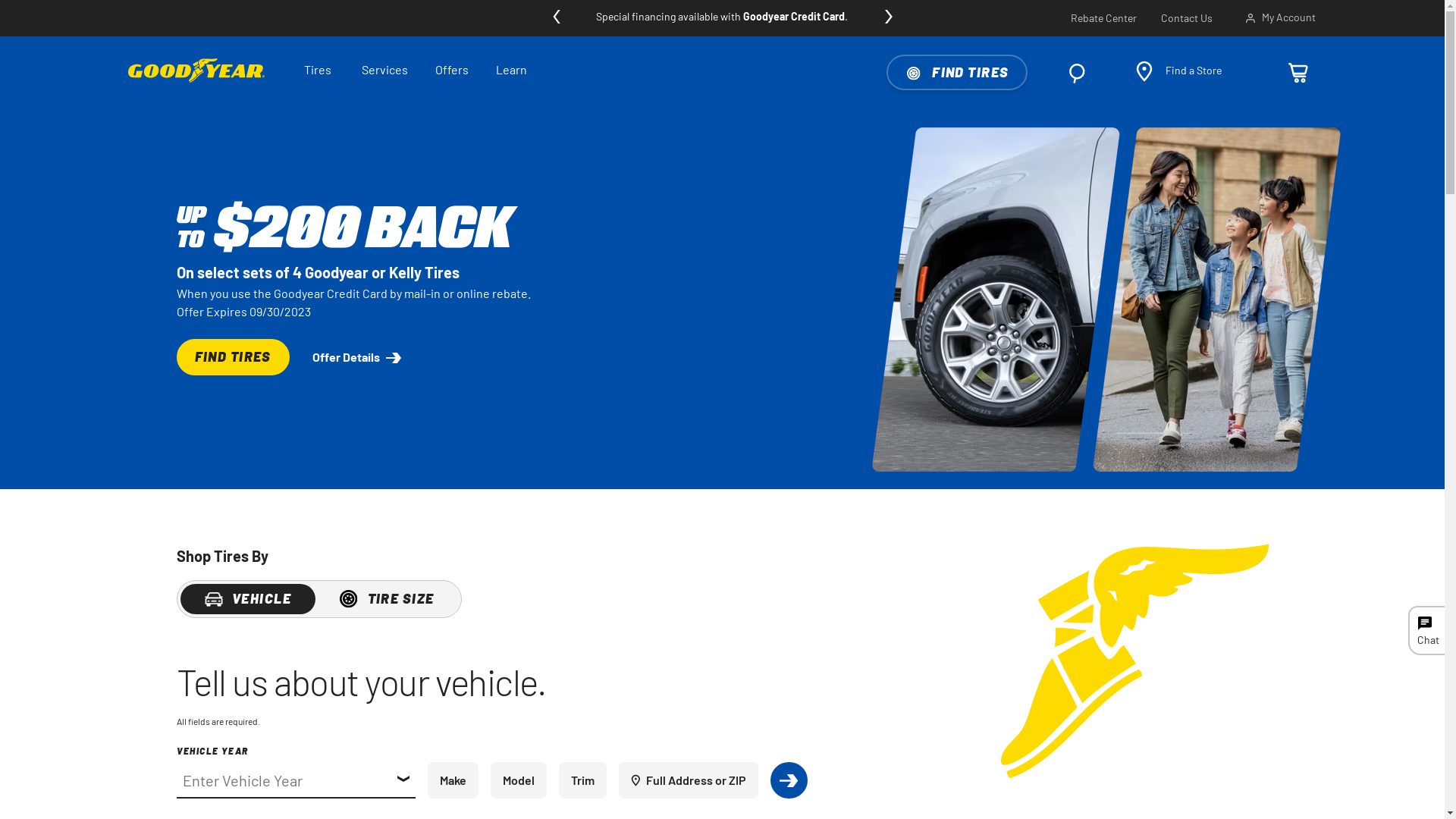With the development of engine and automotive parts, the requirements for the use of hoses and chemical resistance are increasing. At present, researchers are replacing fluorinated elastomers with fluoroplastic layers and soft polyamide layers as barrier materials for oil hoses and air conditioning hoses to achieve better dynamic performance.
Since the early 90s of the last century, people have become more and more interested in hoses made of thermoplastic elastomers and rubber/plastic composites to form inner-layer adhesives. This method can improve the chemical resistance of hoses. This composite material is considered to be a "solution specifically tailored to specific functional and environmental issues", including the ability to minimize the penetration or discharge of liquids or gases, while also including dynamic stress. According to reports, this kind of composite hose has a difference in expansion coefficient between plastic and rubber, but the adhesion between the two composites is good, and when there is a dynamic load, the junction between the two materials will be in a local stress state. Thus, they have different relaxation properties during dynamic loading. At the same time, the material has different temperature/aging properties. Researchers can also select the pressure fulcrum on the composite material to design the reinforcement layer. German Volkswagen, which has been concerned about the requirements and performance of oil hoses and air-conditioning hoses, stated that the application of dynamic stress hoses in automobiles represents a challenge in various application fields. This is not only for hose materials but also for reinforcing layers. They also believe that replacing the previous fluoroelastomer layer with a fluorinated thermoplastic layer can achieve better oil resistance.

